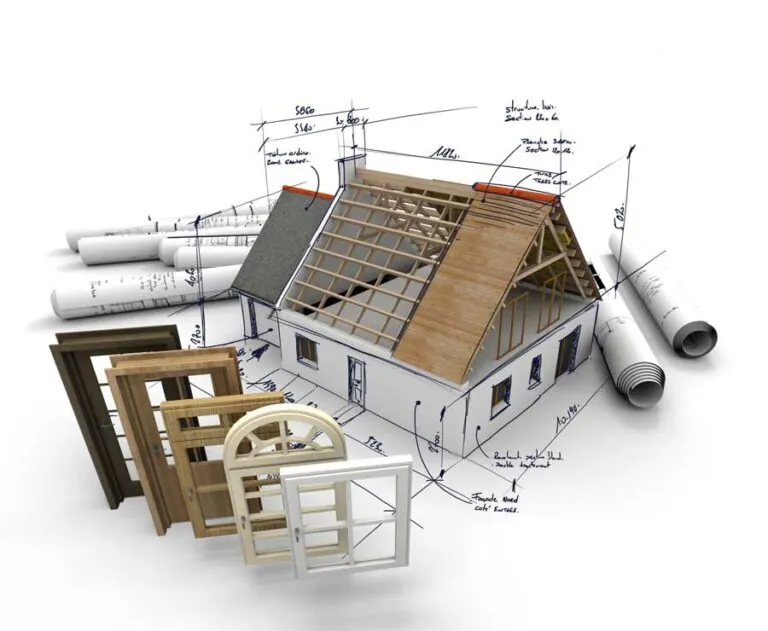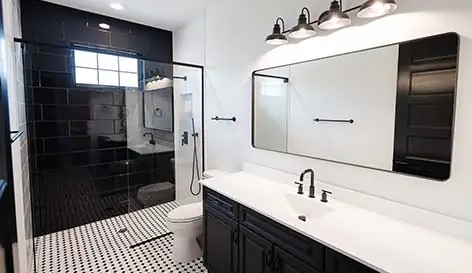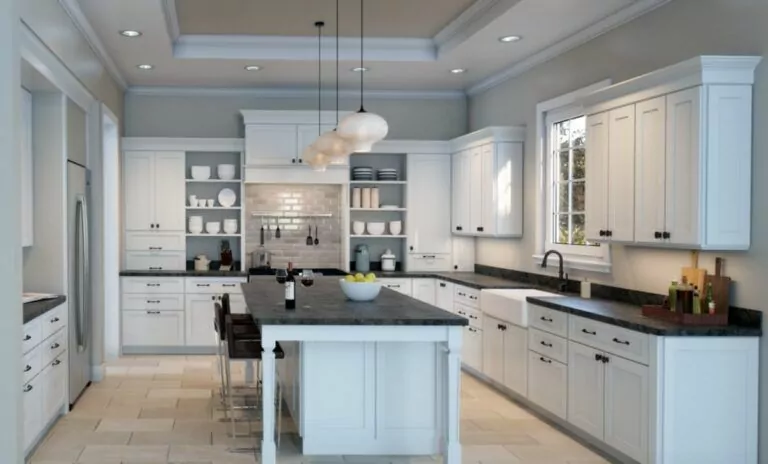Building a custom home is an exciting journey, full of decisions that bring your dream home to life. But as you move through the process, it’s easy to find yourself second-guessing some of those decisions. Maybe you spot a new tile design that you love, or you start thinking that a different layout might work better. While making changes might seem harmless, there’s something important you need to know: Every change can come with a cost—a change order.
Imagine this: You’ve made up your mind about a few key details, but then you see something different that catches your eye. You decide to change your choice, thinking it won’t make much of a difference. However, this simple decision triggers a chain reaction that delays your project and increases your costs.
Change orders are a common part of custom home building, but they can lead to unexpected delays and expenses if not managed carefully. In this article, we’ll explore why it’s important to stick to your original plan whenever possible and how to handle change orders when they arise.

Here’s why change orders can have a significant impact:
- Additional Costs: When you make a change, it’s not just the new materials that add to your expenses. There are often additional costs for labor, administrative work, and possibly even delays in the construction schedule. For example, if you decide to change the type of flooring after the original has been ordered, you may face cancellation fees, restocking fees, and the higher cost of rush ordering the new material.
- Schedule Delays: Every change, no matter how small, can affect the timeline of your build. Changing your mind after construction has started often means that work needs to be undone and redone, which can push back your completion date. If subcontractors need to be rescheduled or materials reordered, your entire project could be delayed.
Complex Coordination: Custom home building is a complex process that requires precise coordination between different trades and suppliers. When a change order is introduced, it can disrupt this carefully planned schedule, leading to further delays and increased costs.

How to Avoid the Pitfalls of Change Orders
While it’s natural to want to make adjustments as your home takes shape, minimizing change orders is key to keeping your project on track. Here’s how you can do that:
- Plan Thoroughly from the Start: The best way to avoid change orders is to make sure you’re completely satisfied with your plans before construction begins. Spend time during the design phase thinking through every detail—from the layout and materials to fixtures and finishes. The more thorough your planning, the less likely you are to want changes later on.
- Stick to Your Decisions: Once you’ve made a decision, try to stick with it. It can be tempting to second-guess yourself as construction progresses, but remember that changes can have a ripple effect on the entire project. Trust the decisions you made during the design phase and resist the urge to make adjustments unless absolutely necessary.
- Understand the Impact: If you do decide to make a change, talk to your builder about the potential impact. Ask about the costs and how the change will affect the schedule. Understanding the full implications can help you make an informed decision about whether the change is worth it.
- Prioritize Necessary Changes: Sometimes, changes are unavoidable. If you need to make a change, prioritize those that are essential to the functionality or safety of your home. Try to limit changes that are purely aesthetic or based on trends that might change over time.
Real-Life Examples: The Cost of Changing Your Mind
To illustrate the impact of change orders, let’s look at two homeowners who handled changes differently:
Case Study 1: Sarah’s Decision to Stick with Her Plan
Sarah spent a lot of time during the design phase making sure she was happy with every aspect of her home. When construction began, she started to second-guess her choice of kitchen backsplash. However, after discussing it with her builder and learning about the potential delays and extra costs, she decided to stick with her original choice. As a result, her home was completed on time and within budget.
Case Study 2: John’s Last-Minute Changes
John, on the other hand, decided to change his bathroom tiles after construction had started. The new tiles had a longer lead time and required additional labor to install. This change order added several thousand dollars to his budget and delayed his project by three weeks. In the end, the delay meant John had to extend his temporary housing arrangements, adding even more to his costs.
These examples show how change orders, while sometimes necessary, can quickly escalate in terms of cost and time. By planning carefully and sticking to your decisions, you can help ensure your custom home is completed on time and within budget.

Conclusion: Keep Your Custom Home on Track by Managing Change Orders
Building a custom home is a complex process, and change orders are sometimes part of that journey. However, by minimizing changes and understanding the impact they can have, you can help keep your project on schedule and within budget.
Remember, every change you make has the potential to disrupt your timeline and increase your costs. Before making a change, consider whether it’s truly necessary and weigh the pros and cons carefully.
Want more tips on how to navigate the custom home building process? Download our full eBook, “The 7 Things You Must Know Before Designing a Custom Home,” to learn more about avoiding common pitfalls and making informed decisions that will help you build the home of your dreams.

DOWNLOAD OUR FREE GUIDE on SEVEN THINGS that you MUST know before designing your DREAM CUSTOM HOME.